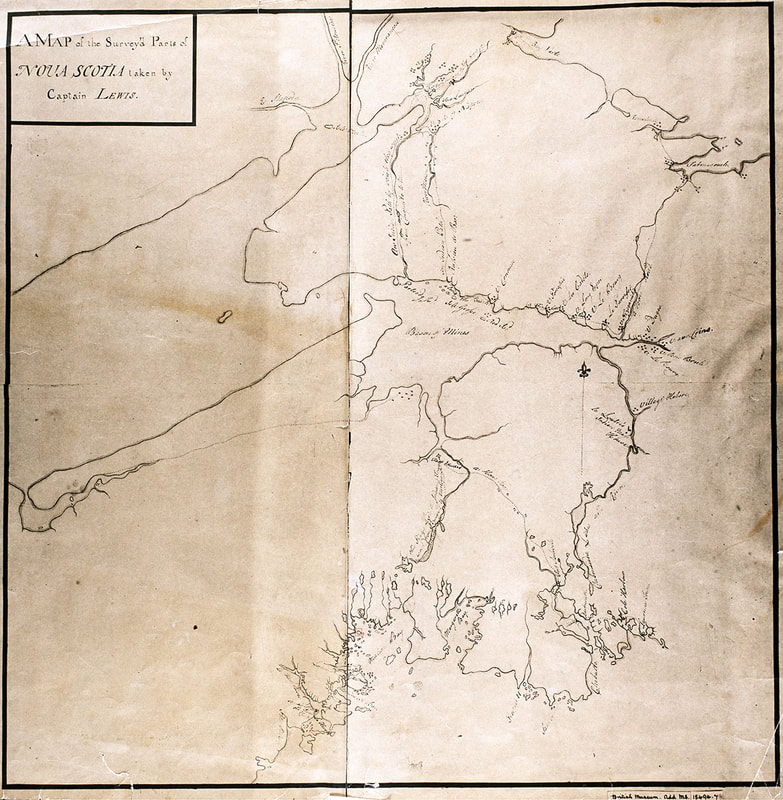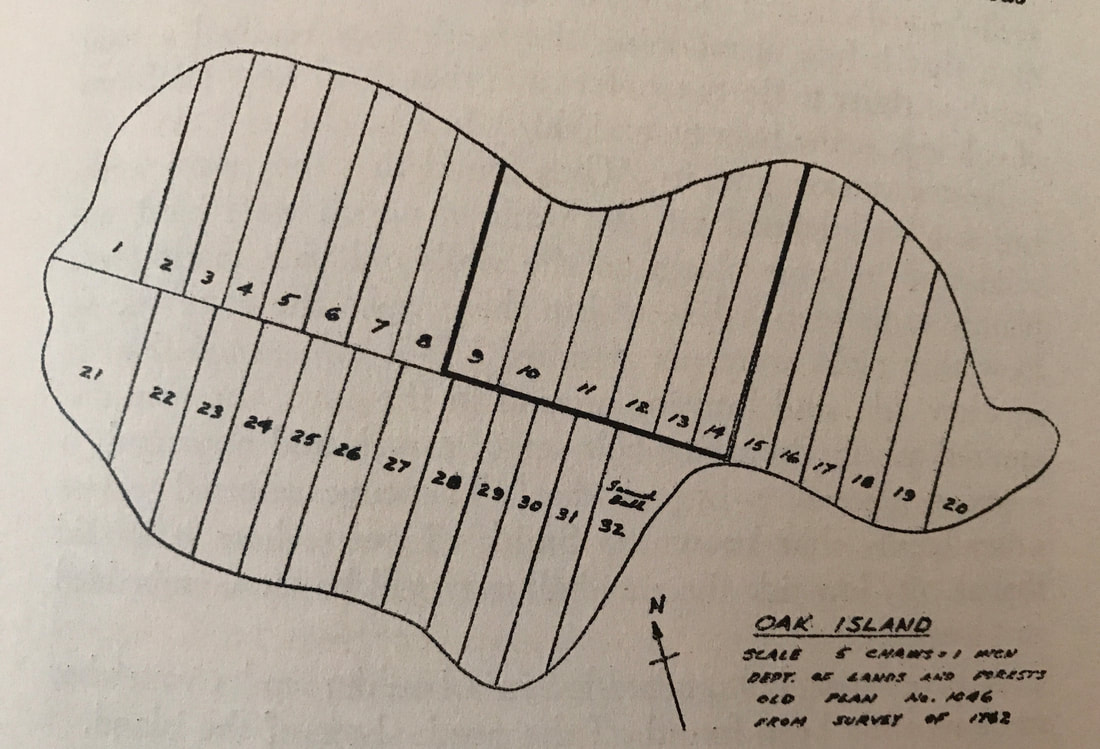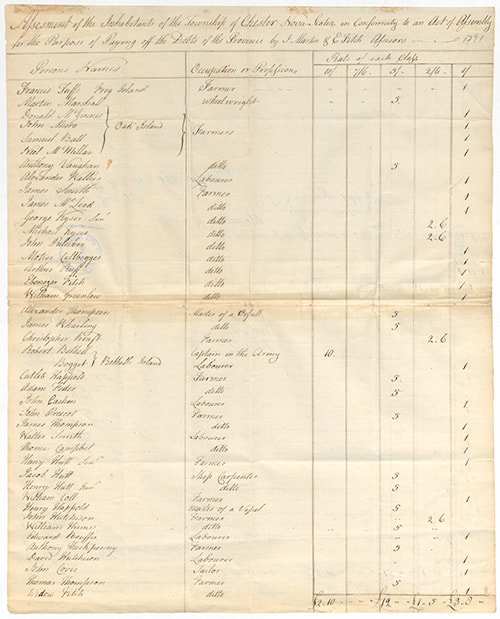Early Nova Scotia |
Early Oak Island |
|
Some things we know about the land mass that is called Nova Scotia:
The First Nations peoples, the Mi'kmaq, made Nova Scotia and Atlantic Canada their home for thousands of years. Nova Scotia is home to 10,000+ year-old paleo-Indian sites. 1000+ - The Norse settled in L'Anse aux Meadows, Newfoundland, and evidence found there, suggests they traveled further south to the place they called Vinland. 1520's - Portuguese explorer, Estêvão Gomes, explored the coast and a group of Portuguese fishermen from the Azores created a fishing station here. 1566 - Cartographer, Bolongnini Zaltieri, gave the name "Larcadia" to an area that includes Nova Scotia and New Brunswick. 1604 - Samuel de Champlain settled what is now called Fort Le Héve, in the Lahave River, not far from Mahone Bay. In 1605, Champlain went on to build Port-Royal Habitation in the Bay of Fundy. 1621-1632 - Sir William Alexander created the Royal Charter of Nova Scotia in an attempt to create a New Scotland, with early attempts at settlement. The Order of the Knight Baronets of Nova Scotia was created in 1624, the Nova Scotia's coat-of-arms in 1626, and the Scottish occupation of Port-Royal in 1629-32. 1629-1632 - The French were holding on to their land claim at Fort St. Louis, near Port Latour, Nova Scotia. For a brief period, the French reestablished Fort Le Héve. 1654 - Nova Scotia was under English rule. 1667 - Nova Scotia was under French rule. 1671 - The first official French census. 1690 - Nova Scotia was taken by New England adventurer, Sir William Phips and then returned to the French in 1697. 1713 - Nova Scotia passed to the English via the Treaty of Utrecht for good. 1749 - The English started to colonize Nova Scotia with Foreign Protestants. Vertical Divider
|
1753 - First recorded owners of Oak island were New York fish merchants Richard Smith and John Gifford.
1755 - Captain Lewis included Oak Island on his chart. 1759 - British Governor of Nova Scotia, Charles Lawrence, approved the Shoreham Grant, which offered free land grants as a way to generate population growth. 1762 - Shoreham Grant land, which included Oak Island, was approved by Charles Morris, Surveyor General of Nova Scotia, and the island was subdivided into 32 four acre lots. Credit - Department of Natural Resources Crown Land
1783 - End of the American Revolution sent a wave of settlers, the United Empire Loyalists, to the area.
1791 - Poll tax record show Oak Island was inhabited and being farmed. |



